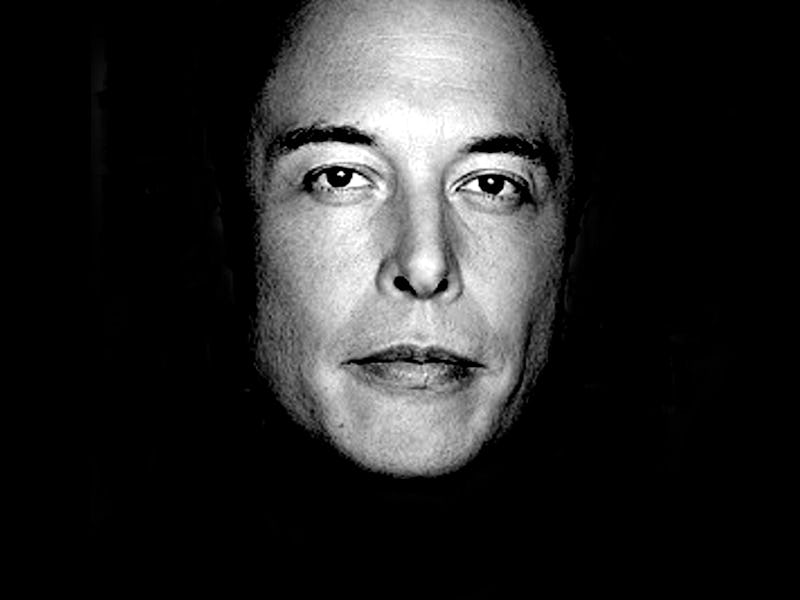Elon Musk's Neuralink Is Not a Neural Lace Company

Up to now, media outlets around the world have been referring to Elon Musk’s new brain-machine interface company, Neuralink, as a neural lace company — but that turns out not to be true. Through a newly released blog post from WaitButWhy, Neuralink has finally revealed that the company is actually looking much more widely for the technology that it hopes to use to unlock the full potential of the brain, and meld the minds of humans and machines.
Neural lace is the idea of a flexible, syringe-injectable web of wires that embeds itself in the brain and provides a platform for both picking up and creating neural signals. When Musk began to muse aloud about a venture into the world of brain-machine interfaces, it was always tied up in the idea of neural lace as the empowering new technology — but if we go back to (we think) the very beginning, it’s clear that the introduction of the idea was based on rhetoric, more than research.
In the below video, Musk talks about the potential of neural control and neural lace — but at that point, he’s using the phrase mostly because of its presence in science fiction, most notably the famous Culture series. Musk is known to be a fan of these books.
Musk has made repeated reference to this phenomenal 2015 experiment in rodents, and though it has been widely branded as neural lace by the public the phrase itself does not actually appear in the study. Without many concrete details from Neuralink itself, the world simply took the idea that Neuralink had definitive plans to expand this rodent-tech to use in humans, and ran with it.
Now, it turns out the nascent neural electrode technology is likely just one of several being considered. It shows both that the potential strengths and weaknesses of neural lace might not actually apply to their final approach, and that the company may be even further out from a real consumer product than we’d believed.
The post mentions neural lace as one potential technology, but it mentions others as well. Among them are some surprisingly conventional ideas, including super-advanced regular electrodes — but these raise familiar problems with the need to do brain surgery, or somehow read the brain through the skull. WaitButWhy’s post acknowledges the futility of the latter approach, however. It also mentions “neural dust,” which was actually co-developed by one of Neuralink’s founders. This would be even less invasive than neural lace, and take the form of nanotech electrodes that would naturally diffuse to the brain and embed themselves in its outer layers.
However, even if neural dust ends up being the thing, and far more useful than lace ever could be, we can still see that Neuralink is in no position to hit the ground running when it comes to its electrode technology. It can’t get started on development until it knows specifically what it wants to develop — or, it could trundle along with several concurrent experiments and no ability to make real progress until it has chosen from among them.
Perhaps that’s why the job openings for Neuralink are so incredibly varied.
Neuralink is setting its sights high — arguably higher than any of Musk’s earlier ventures, all of which have been incredible in their own right. It should be no surprise that we’ll probably have a long, long wait to see it produce any real consumer or even medical device. Still, with the full level of speculation still ongoing at the startup, it could be an even longer wait than anticipated.